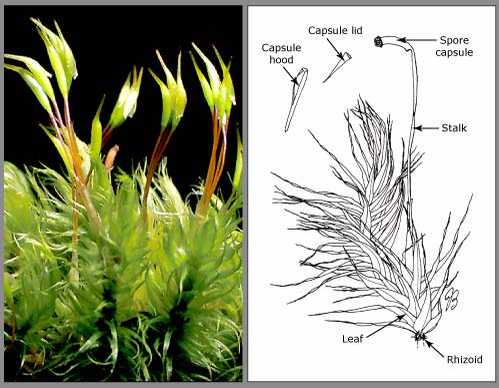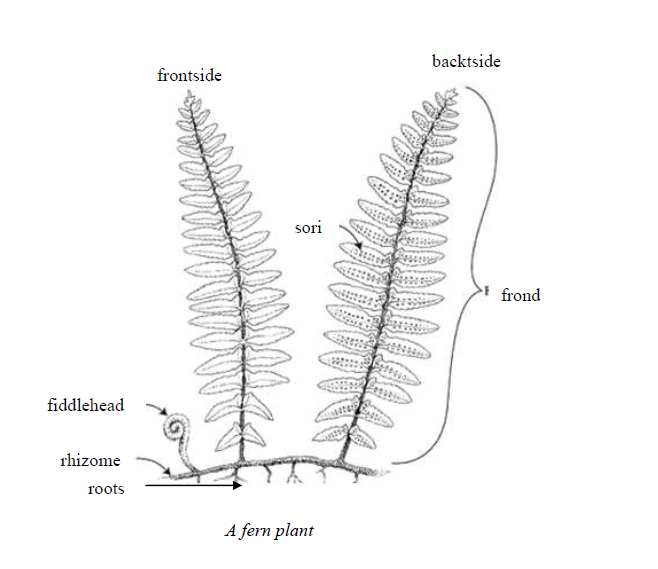Classification Of Living Things - Topic 1: Biology Notes Form Two
Topic 1: Classification Of Living Things - Biology Notes Form Two
Kingdom Fungi
Member of the kingdom Fungi include fairly familiar organisms such as mushrooms, toadstools and bracket fungi.
There are also less obvious but very important members such as mold, which grow on bread, ripe fruits and other food.
The General and Distinctive Features of the Kingdom Fungi
Explain the general and distinctive features of the kingdom Fungi
- Fungi are found in damp or wet places
- They have eukaryotic cells with a rigid protective wall made of chitin
- They are heterotrophs, some are saprophytic where others are parasitic
- They store food as glycogen
- They reproduce using spore
- They are non-mobile
Distinctive features of kingdom fungi
- They have chitin in their cell wall
- They have septate
- Ascomycota
- Zygomycota
- Basidiomycota
Ascomycota
- Their cell wall is not made by chitin but cetin polysaccharide component of phosphoric acid
- Have granulated cytoplasm
- Store food in form of glycogen
- Reproduce asexually by budding and sexually by means of ascospores.
(i) Reproduce sexually by means of ascospores
Advantage and Disadvantages of Mosses
Outline advantage and disadvantages of Mosses
Division Filicinophyta (Pteridophyta)
- Reproduction
- involves production of spores inside special structures called
- sporangiawhich occur on the underside of the leaves called sporophylls.
- Sprangia may sometimesbe found in groups called sori.
- The plants
- may be homosporous – producing only one type of spore or heterosporous
- -producing two different types of spores; smaller microspores and larger
- megaspores.
- They are seedless vascular plants, which contain vascular tissues but do not produceseeds.
The Structure of Ferns
Describe the structure of Ferns
Advantages and Disadvantages of Ferns
Outline advantages and disadvantages of ferns
Advantages of ferns
- Some ferns are edible and hence serve as a source of food.
- They provide nutrients to the soil to improve soil fertility.
- They cover the soil and prevent soil erosion.
- They are used as decoration materials.
- They harbour dangerous organisms like snakes and insects.
- Some ferns are poisonous when eaten.



